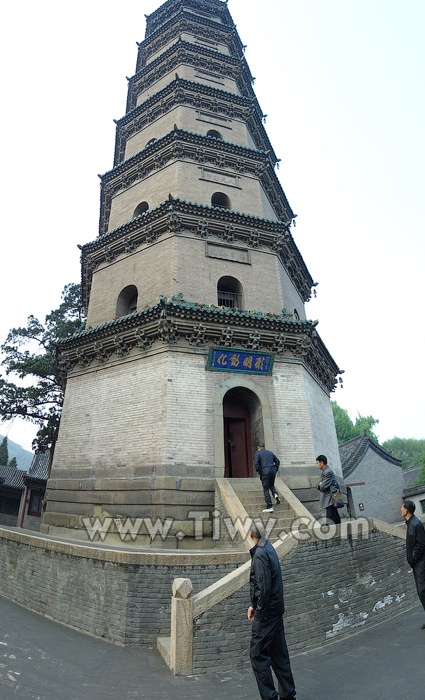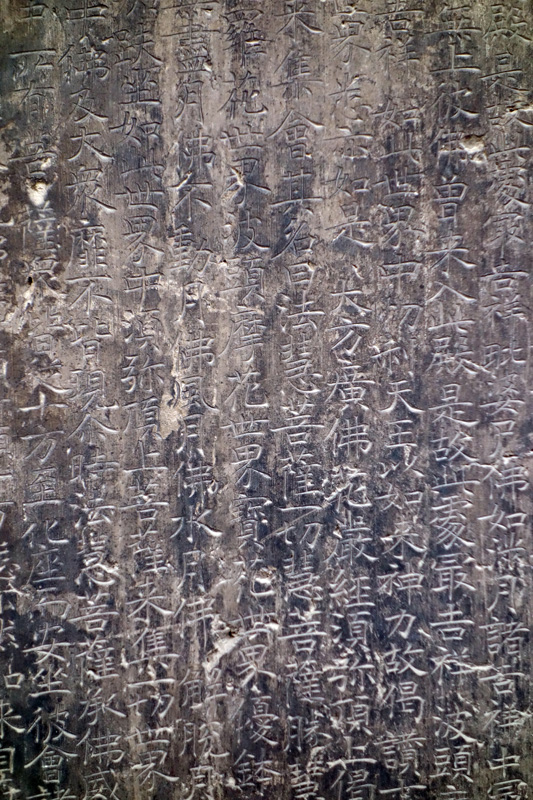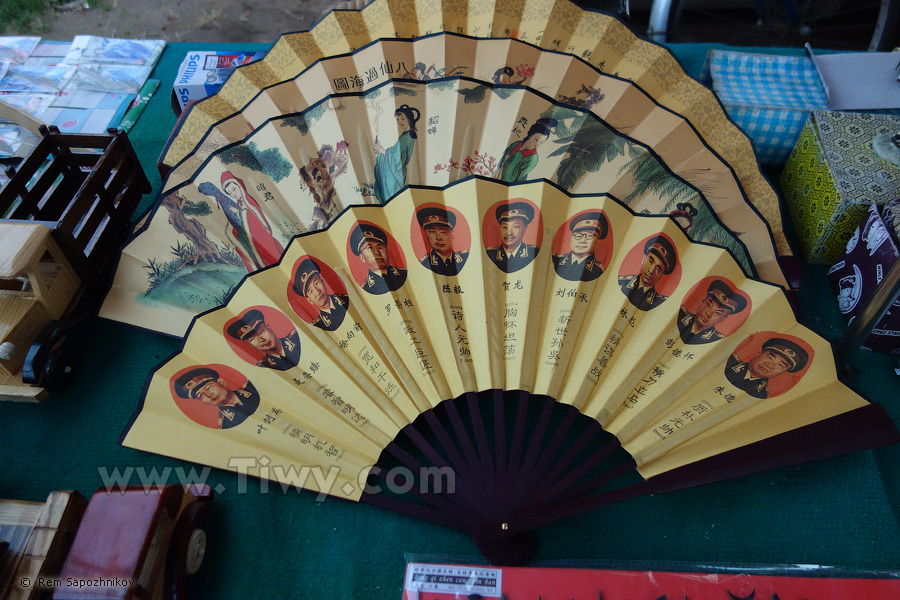Jinci Temple (晋祠 - Jìncí)
Jinci Temple is a park and architectural complex, formed in different periods of time, which united variety of buildings in its walls. The place is very popular among the Chinese and is considered a must to visit by everyone, who came to Taiyuan. Jinci is located approximately 25 km to the south-west from Taiyuan at the foot of the Xuanwengshan mountain (悬瓮山 - Xuánwèngshān). It is said that the Jinshui river (晋水 - Jìnshuǐ) originates here, but I could not find it anywhere nearby on the map.

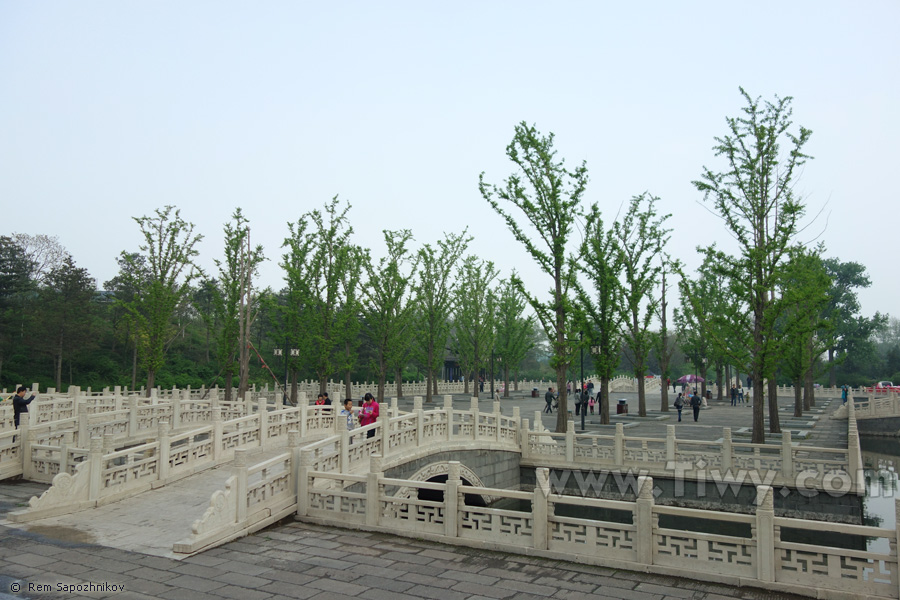
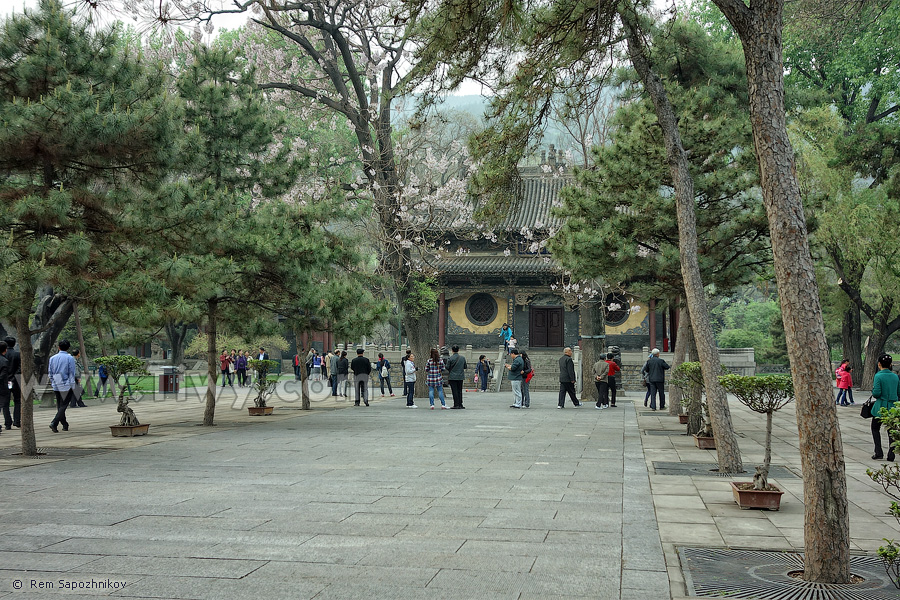
Literal translation is the Water Mirror Terrace (reflecting the true nature).
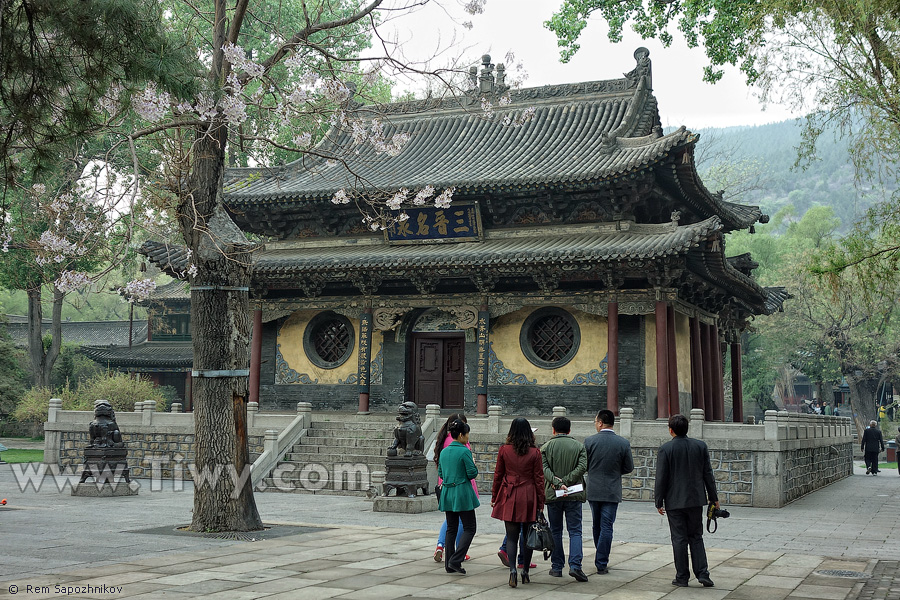
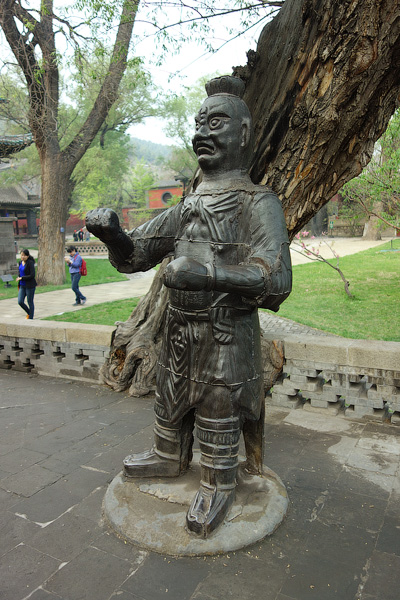
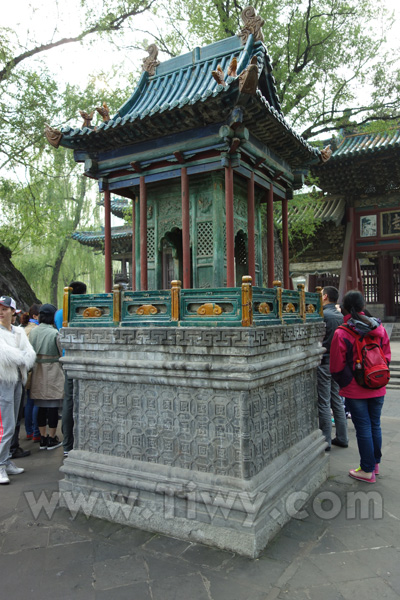
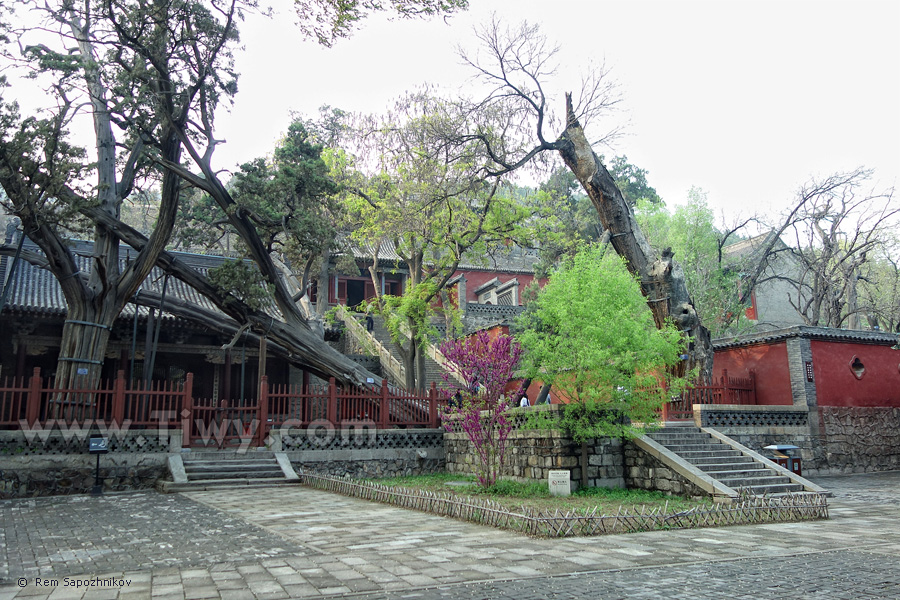
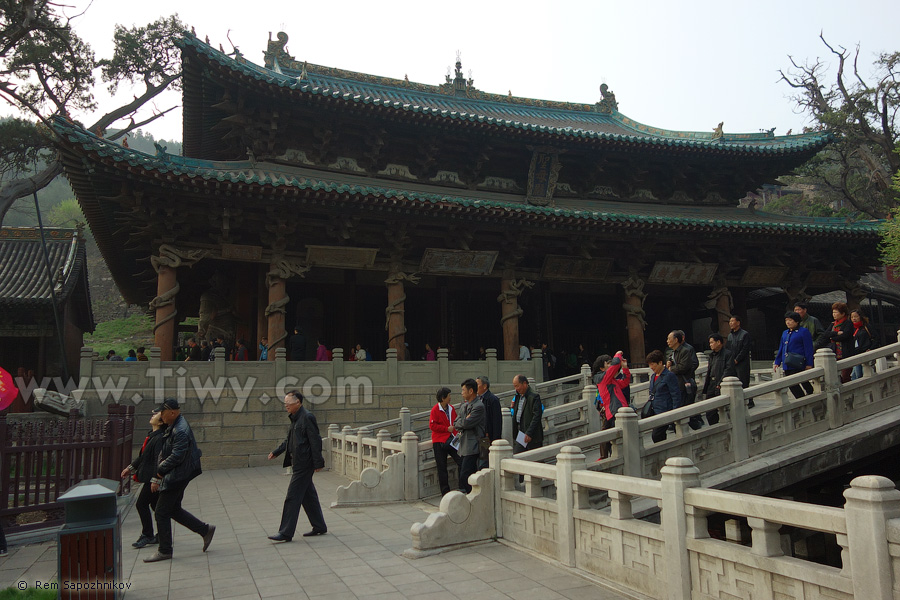
In fact, this Pavilion was built in honor of Shu Yu mother, whose name was Yijiang (邑姜 - Yìjiāng).
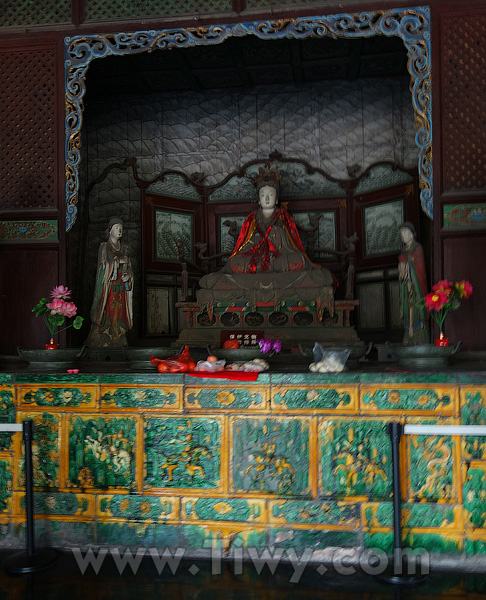

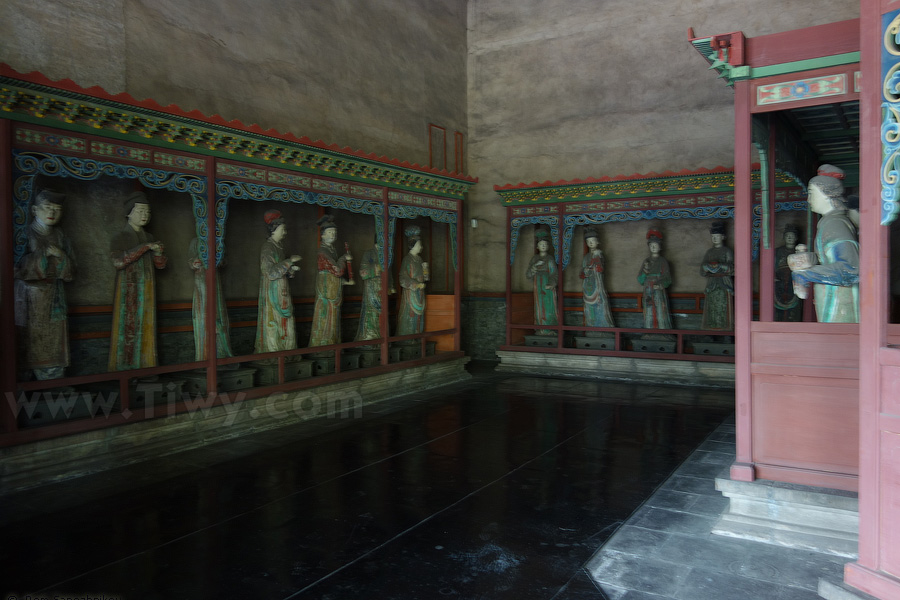
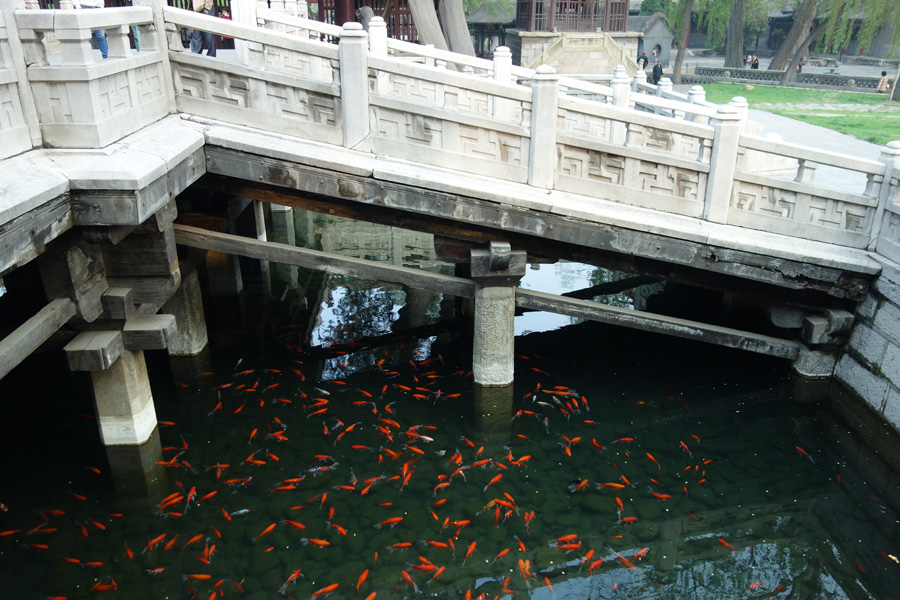

The ticket bears a photo of the Yuzhaofeiliang bridge.
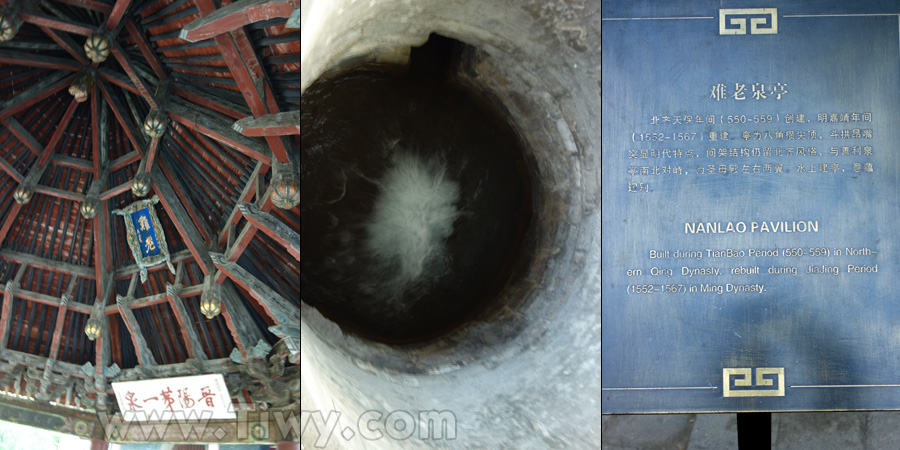
Located next to the pavilion of the Mother Goddess. Built in the era of Northern Qi (北齊 - Běiqí), 550-577 AD, during Tianbao era (天保 - Tiānbǎo), 550-559 AD. It is believed that the year-round water temperature is 17 degrees, that it never dries and it is here that the river Jinshui originates.
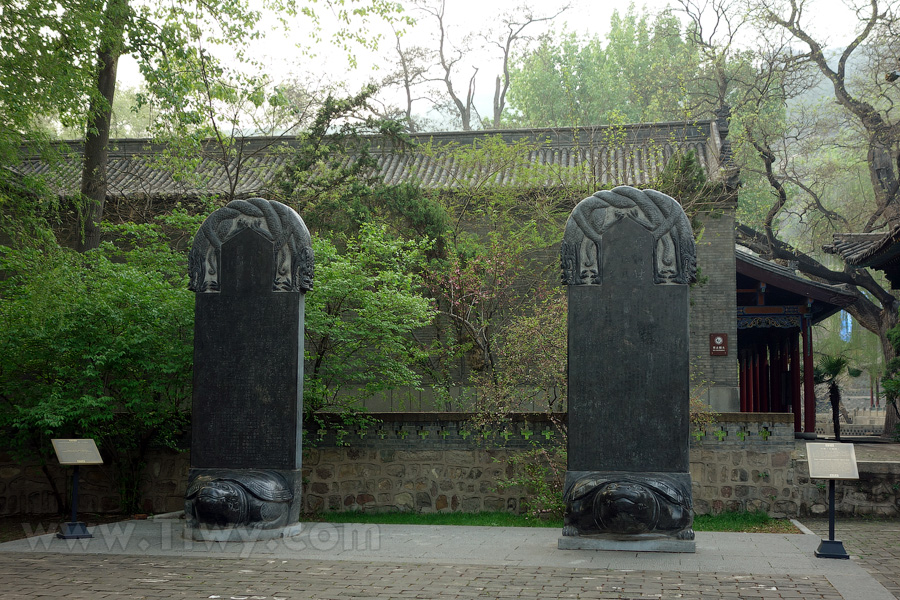
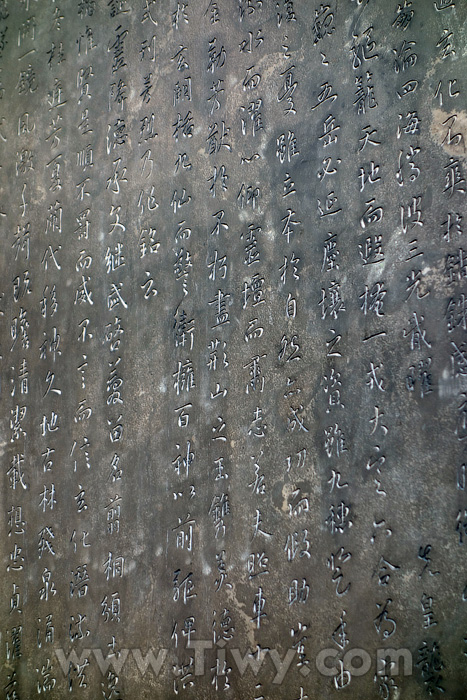
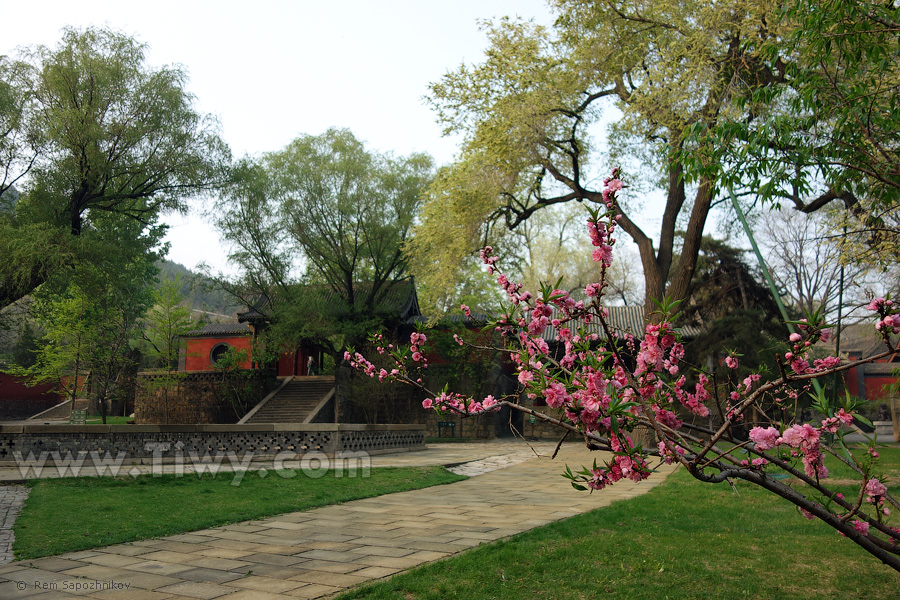
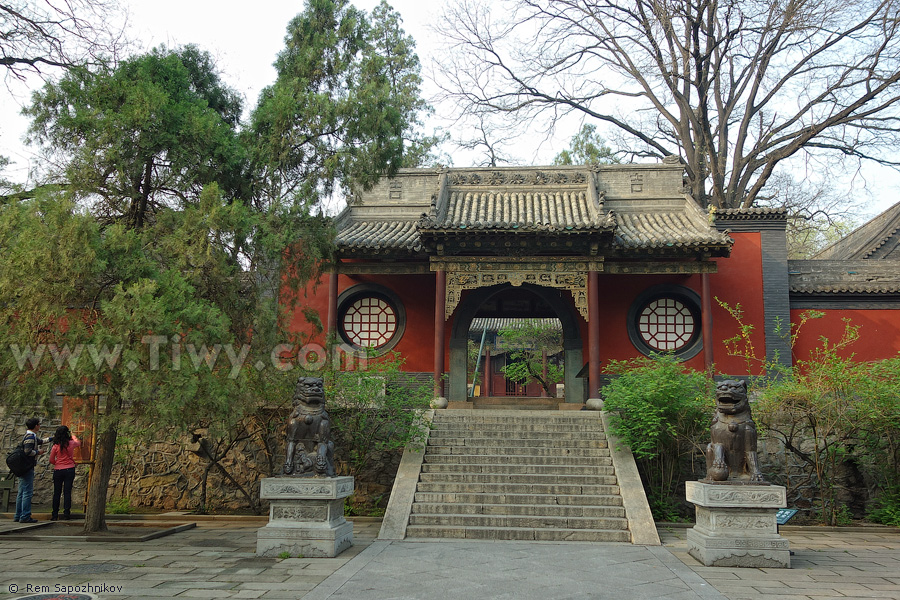
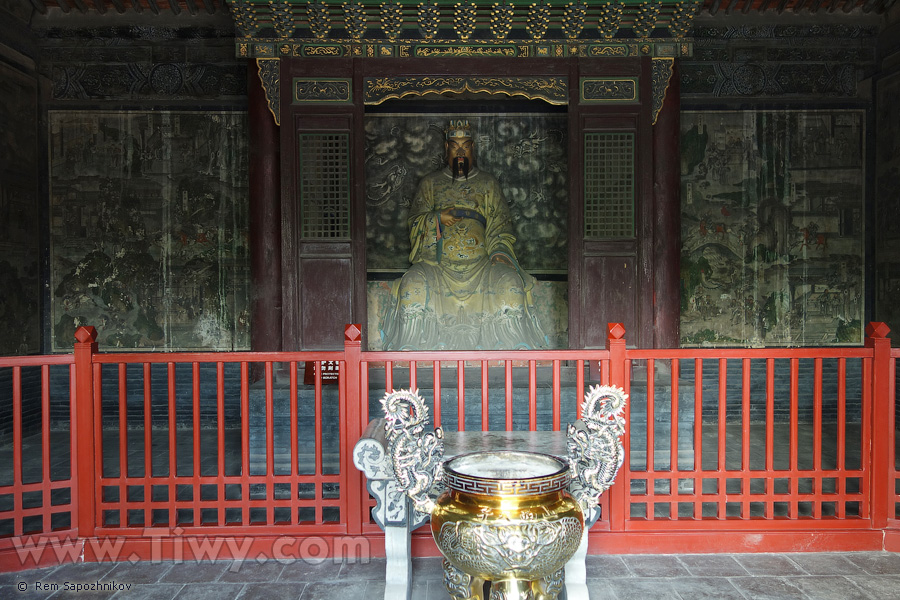

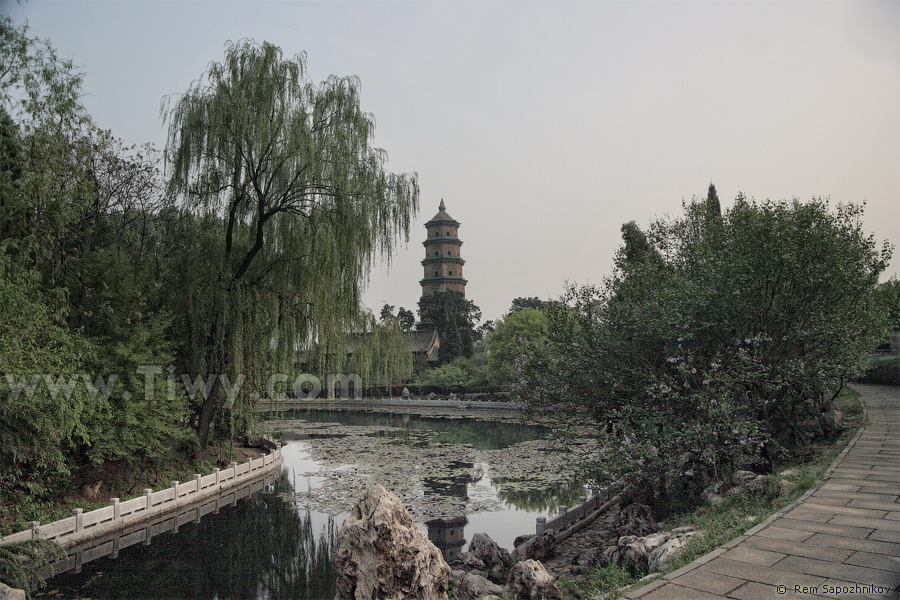
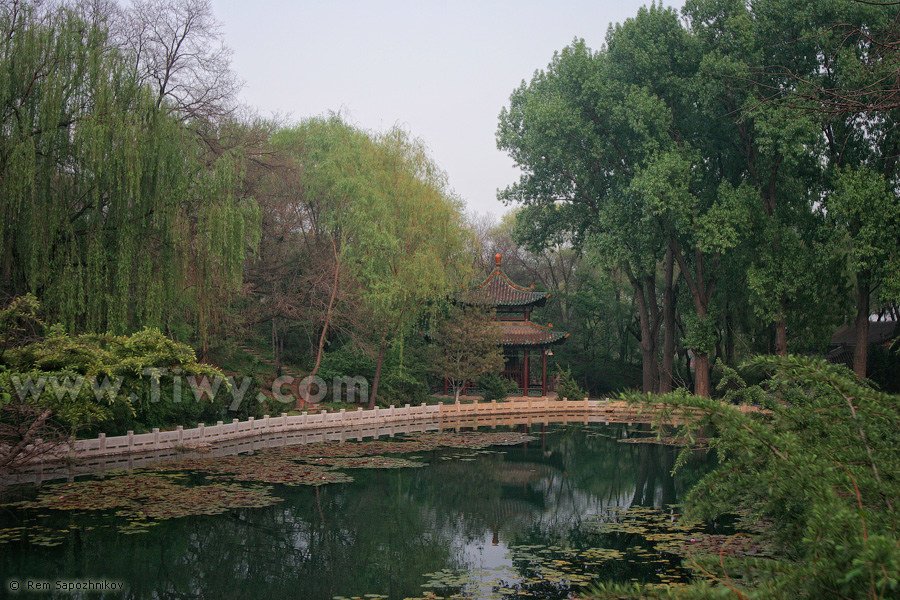
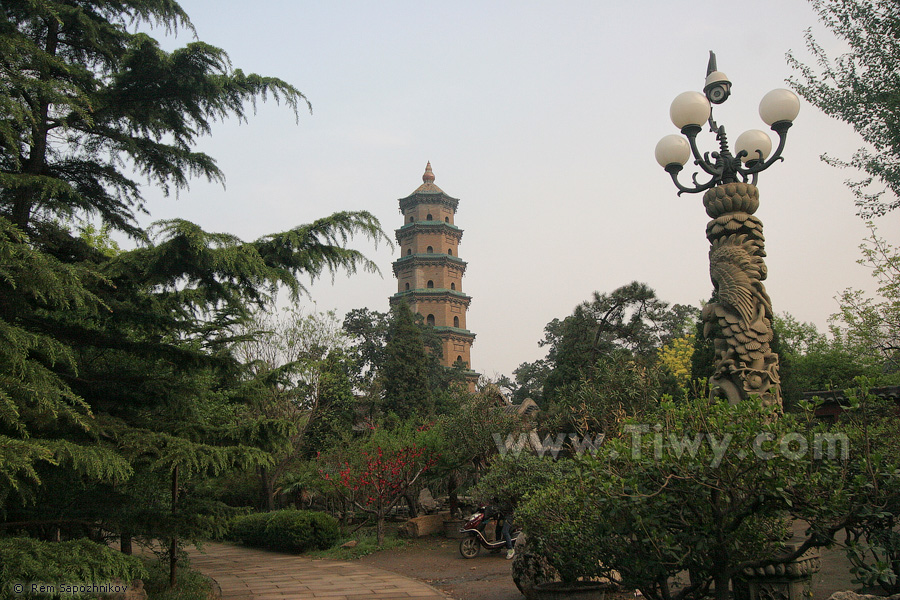
Built during Sui Dynasty (隋 - Suí) 581—618 AD., at Kaihuang era (开皇 - kāihuáng).
